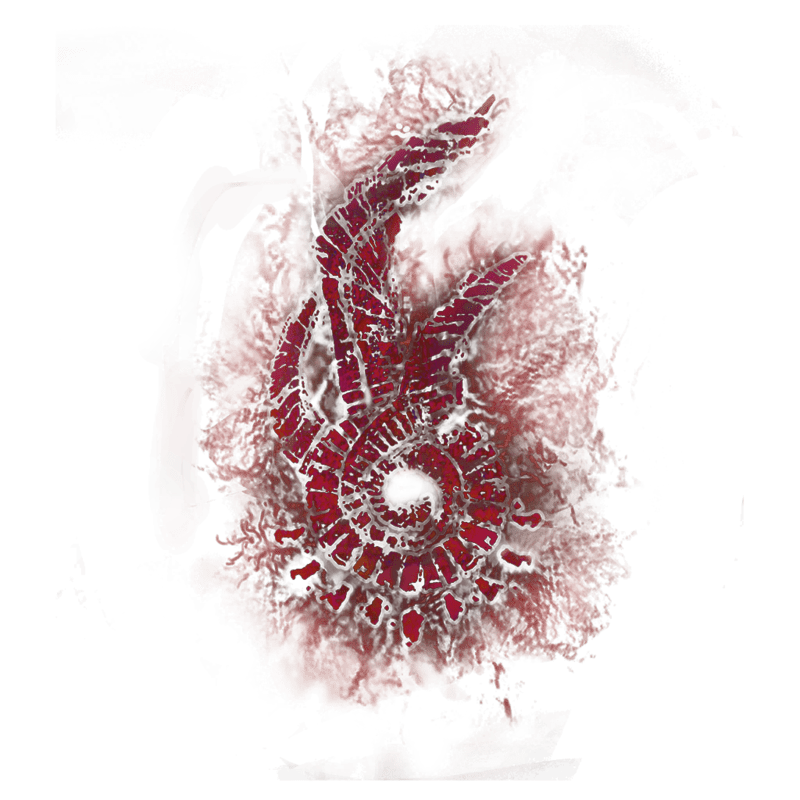【守正守的是什么】
“守正”二字常被提及,尤其在快速变化的时代背景下。它并非一句空泛的口号,而指向一系列需要被坚守和守护的具体对象。这些对象构成了事物发展、组织运行乃至个人立身的基础和底线。那么,当我们谈论“守正”时,究竟守的是什么?它体现在哪些方面?如何去守护?这需要我们深入具体地去剖析。
一、究竟守的是哪些“正”?(是什么)
“正”并非单一维度的概念,它 encompasses 多个层面,是核心价值、规范、标准和基础的集合。守正,守的是这些关键的“正”。
-
核心原则与价值观:
在任何组织或个人行为中,总有一些指导性的核心原则和fundamental 价值观是其得以存在和发展的基础。比如,一个企业的诚信经营原则、一个科研机构的求真务实精神、一个艺术家的创作良知等。守正,首先就是守住这些不因外部环境变化或短期利益诱惑而动摇的fundamental 信念和道德准则。这包括了对公平、正义、责任、 honest 的 adherence。
-
质量与标准:
在产品制造、服务提供、内容创作等领域,质量是生命线。守正,意味着严格 adherence 到既定的甚至更高的质量标准。这不仅仅是 compliance with 行业规范,更是对精益求精精神的守护, ensuring product or service 的可靠性、耐用性和优异性。它拒绝粗制滥造、偷工减料,坚守的是对品质的承诺。
-
真实与真相:
在信息传播、学术研究、历史记录等领域,真实性是其fundamental。守正,要求不歪曲事实、不编造虚假信息、不隐瞒真相。在数据处理上, guardian 数据 integrity;在新闻报道上, ensuring 客观 unbiased;在学术研究上, insisting on 科学 rigorousness。守护真实,是 intellectual honesty 和社会诚信的体现。
-
工艺与技艺的本源:
对于传统技艺、专业技术或特定行业的 craft,守正是指 preserving 和 passing on 其核心技巧、方法和精神。这不排斥创新,但创新的基础必须是 fully understanding 和 mastering 本源。 guardian 老字号的独特配方, apprentice 对师承技艺的精确 replicating,艺术家对材料和手法的深刻 understanding,都是守住 craft 本源的表现。
-
规章制度与法律底线:
任何 organized activity 都需要在规则和法律的框架内进行。守正,意味着 strict adherence to 法律法规和内部管理制度。这包括了 corporate governance、 financial compliance、 employment law、 intellectual property protection 等等。守护法律和规则的底线,是维护社会秩序和公平竞争环境的基础。
-
使命与初心:
一个组织或个人在出发时往往有其特定的使命和愿景。守正,就是铭记并 adherence to 这个 original intention。例如,一个 charitable organization 的 founding mission、一个创业公司解决特定社会痛点的初衷、一个科研项目 original problem to solve。 guardian 使命,可以防止在发展过程中迷失方向、 deviation from 核心价值。
-
信誉与信任的基础:
信誉是长期积累的 intangible asset。守正, involves actions and practices that build and maintain trust with stakeholders (customers, employees, partners, the public)。这包括言行一致、兑现承诺、信息透明等。 guardian 信誉,是维持长期合作关系和 positive public image 的关键。
-
行业伦理与职业操守:
每个行业都有其特定的伦理规范和职业 behavior standard。守正, requires professionals to act in accordance with these ethical codes。 例如,医生守护 patient privacy,律师维护 client confidentiality,教师坚持 educational principles,记者遵循新闻职业道德。 Guardian 行业伦理是维护行业健康发展和专业 integrity 的必要条件。
二、“守正”发生在何处?(哪里)
“守正”不是 isolated action,而是贯穿于各种活动和流程之中。它存在于:
- 研发与创新过程中: 守住科学规律、工程原理的基础,guardian 数据真实性, adherence to 实验规范,防止急功近利、违反科学原则的“创新”。
- 生产与制造环节: 守住质量标准、工艺流程、安全规范,确保产品 consistent quality 和可靠性。
- 艺术创作领域: 守住艺术创作的独立性、对真善美的追求、对 subject matter 的 honest representation(即使是抽象艺术,也有其内在的逻辑和情感的真实)。
- 商业运营与决策中: 守住诚信经营的原则、法律底线、对客户的承诺,guardian 员工权益。
- 学术研究与教育界: 守住学术诚信、 rigorous research methods、教育公平和对知识的 reverence。
- 社会治理与公共服务: 守住法律法规、公平公正原则、服务人民的宗旨、财政纪律。
- 个人品行与日常交往: 守住做人的 fundamental 准则、 personal integrity、对他人的尊重和承诺。
可见,“守正”无处不在,它是 professional behavior、 organizational culture 和 personal conduct 的内在要求。
三、如何进行“守正”的实践?(如何/怎么)
“守正”不是 natural occurrence,需要 deliberate effort 和系统的实践。其方法和途径包括:
- 建立明确的规范与流程: 将“正”的具体内涵 formalized 为 detailed rules、 procedures 和 standards。例如,质量管理体系、行为准则、法律合规 checklist。
- 强化监督与执行机制: 确保规范和标准得到 effective implementation。这涉及内部审计、第三方评估、 peer review、 transparent reporting 和 accountability system。
- 持续的教育与培训: 帮助 individual and teams fully understand “正”的意义和具体要求,培养其 adherence to “正”的意识和能力。这包括伦理培训、专业技能 training、 legal knowledge dissemination。
- 保持敬畏之心与责任感: 培育一种 culture that respects principles, rules, and values。 Encouraging employees 和 stakeholders to feel a sense of responsibility for upholding “正”。
- 抵制短期诱惑与不良风气: 识别并 resisting pressures that might lead to deviation from “正”,如 chase for quick profit, pressure from competition through unethical means, or bowing to influence.
- 记录与传承“正”的精髓: Documenting successful practices, lessons learned from failures, and the stories behind upholding “正” to pass down knowledge and values. This could involve creating institutional memory, mentoring programs, or historical archives.
这些方法 mutually reinforce each other,共同构建起“守正”的坚实体系。
四、“守正”涉及多少维度?(多少)
如前所述,“守正”绝非 single dimension。它至少包含以下几个层面的“正”:
- 道德伦理层面的“正”: 关乎对错、善恶、责任、 integrity。
- 技术专业层面的“正”: 关乎 accuracy, rigor, standard adherence, craft mastery。
- 规则制度层面的“正”: 关乎 compliance, procedure adherence, legal framework。
- 文化精神层面的“正”: 关乎信念、使命、初心、 tradition and heritage。
这几个维度 often intertwine and influence each other。一个 truly “守正”的行为或组织,需要在所有相关维度上力求“正”,而不仅仅是 isolated compliance。
五、为什么必须“守正”?(为什么 – 以不守正的后果来阐述)
虽然问题要求不探讨宽泛的“为什么”,但我们可以通过反观“不守正”会失去什么,来 understanding 守护这些“正”的必要性。不守正,会直接导致:
* 失去信任: 违背诚信、欺骗隐瞒会 erosion customer, partner, and public trust,这可能需要数年甚至数十年才能重建,甚至永远无法恢复。
* quality 崩塌: 放松质量标准或偷工减料,会导致产品或服务出现严重问题,损害 reputation 和市场竞争力,甚至带来安全风险。
* 偏离方向: 忘记使命和初心, chasing 短期利益或 blindly following trends,可能使组织或个人 lost its core identity 和 long-term sustainability。
* 根基动摇: 违反基本原则、忽视 fundamental 理论,导致 superficial or flawed outputs,无法 support future development and innovation。
* 法律风险: 触碰法律底线,会带来 serious legal consequences, including fines, lawsuits, or even criminal charges。
* 声誉受损: 不 ethical behavior 或丑闻会 severely damage reputation,影响 external perception 和 internal morale。
* 行业生态恶化: widespread 的“不守正”行为会 corrode industry norms,导致恶性竞争和整体水平下降。
因此,“守正”并非可有可无的道德点缀,而是关乎生存、发展和 long-term value creation 的 indispensible safeguard。它守护的是那些一旦失去便难以挽回的 fundamental elements。
总结而言,“守正”守的是 fundamental 的原则、高质量的标准、 authentic 的信息、精深的技艺、 strict 的规章、 original 的使命、 enduring 的信誉以及 ethical 的操守。这些具体的“正”分布在各种 activity 和 processes 中,需要通过系统的管理、严格的执行和 continuous 的自律去守护。守护它们,是为了避免 losing trust, quality degradation, deviation from mission, and collapse of foundation, Ultimately securing sustainable and healthy development。

